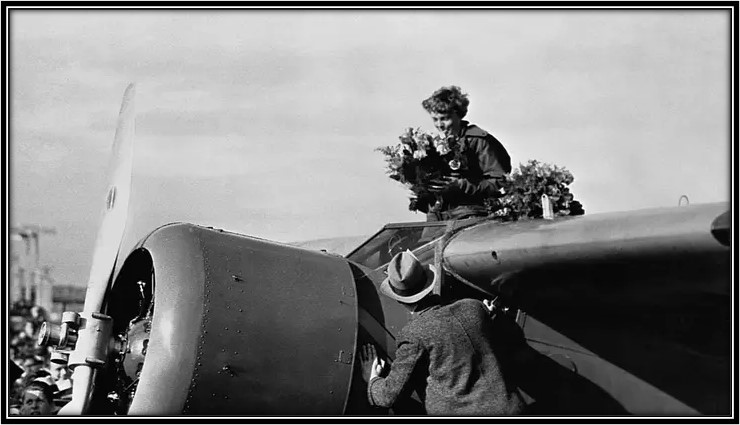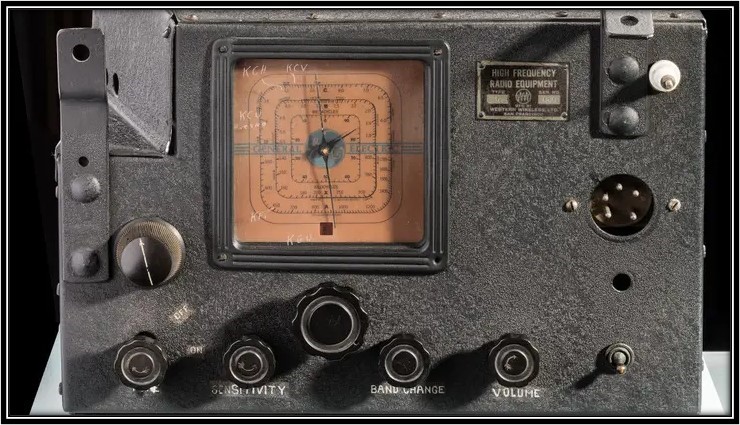On January 11th in 1935, according to History.com, “In the first flight of its kind, American aviatrix Amelia Earhart departed Wheeler Field in Honolulu, Hawaii, on a solo flight to North America. Hawaiian commercial interests offered a $10,000 award to whoever accomplished the flight first. The next day, after traveling 2,400 miles in 18 hours, she safely landed at Oakland Airport in Oakland, California."

Kerry J. Byrne of Fox News reported that, “The daring flight across a vast expanse of the Pacific Ocean had claimed the lives of 10 previous aviators. She earned $10,000 for her death-defying achievement."
Bryne continued in his report, “‘I wanted the flight just to contribute,’ Earhart said of what was, at the time, an unprecedented trip across the open ocean. ‘I could only hope one more passage across that part of the Pacific would mark a little more clearly the pathway over which an air service of the future will inevitably ply.’”

History.com continues, “On May 21, 1932, exactly five years after American aviator Charles Lindbergh became the first person to fly solo across the Atlantic Ocean, Earhart became the first woman to repeat the feat when she landed her plane in Londonderry, Ireland. However, unlike Lindbergh when he made his historic flight, Earhart was already well known to the public before her solo transatlantic flight. In 1928, as a member of a three-member crew, she had become the first woman to cross the Atlantic in an aircraft. Although her only function during the crossing was to keep the plane’s log, the event won her national fame, and Americans were enamored with the modest and daring young pilot. For her solo transatlantic crossing in 1932, she was awarded a Distinguished Flying Cross by the U.S. Congress.
“Two years after her Hawaii to California flight, she attempted with navigator Frederick J. Noonan to fly around the world, but her plane was lost on July 2, 1937, somewhere between New Guinea and Howland Island in the South Pacific. Radio operators picked up a signal that she was low on fuel—the last trace the world would ever know of Amelia Earhart.”
